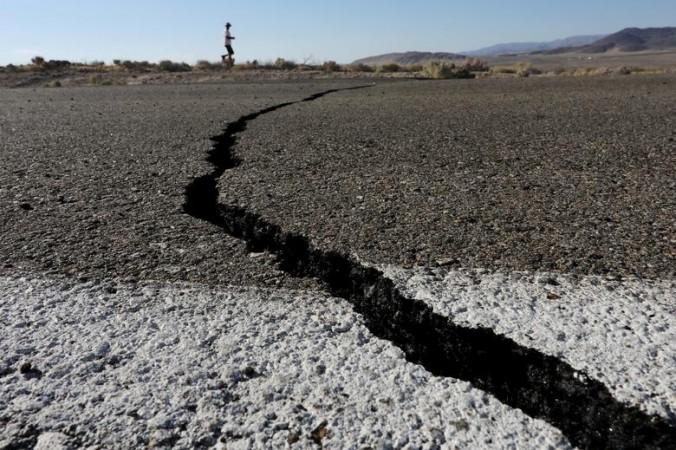
A magnitude 6.8 earthquake struck near the coast of Northern Chile on Tuesday, the GFZ German Research Centre for Geosciences said, with local media reporting some damage and minor landslides in areas near the epicenter.
Chile's interior ministry said in a statement that mining companies operating in the area had not reported any issues in the 2-1/2 hours since the initial quake. GFZ has reported several aftershocks of magnitudes between 5.5 and 6.2.
Local media said staff working in some mines had been moved to safety zones. Mine facilities and other infrastructure in Chile are built to withstand large quakes.
The National Emergency Office of the interior ministry said there had been some localized power cuts and rubble covering roads around the region, and that a swimming pool on the roof of an apartment block in the city of Copiapo in the Atacama desert had overflowed.
The University of Chile's seismological center said it had detected as many as 15 aftershocks around the port city of Huasco, midway between regional capital La Serena and Copiapo.
Ricardo Toro, director of the National Emergency Office, said aftershocks would likely continue through Tuesday morning.
There was no tsunami threat
He said those being evacuated as a precautionary measure from homes close to the coast should maintain social distancing designed to stop the spread of coronavirus and wear face masks.
Images posted on social media showed localized damage, including collapsed and cracked walls, and supermarket aisles strewn with broken bottles and other fallen merchandise.
There was no tsunami threat, according to the Pacific Tsunami Warning Center. GFZ earlier reported the magnitude at 7, with a quake depth of 10 km (6.2 miles).
Chile is on the Ring of Fire, an arc of fault lines circling the Pacific Basin that is prone to frequent earthquakes. A magnitude 6.8 earthquake struck Chile's mineral-rich northern desert in June.

















